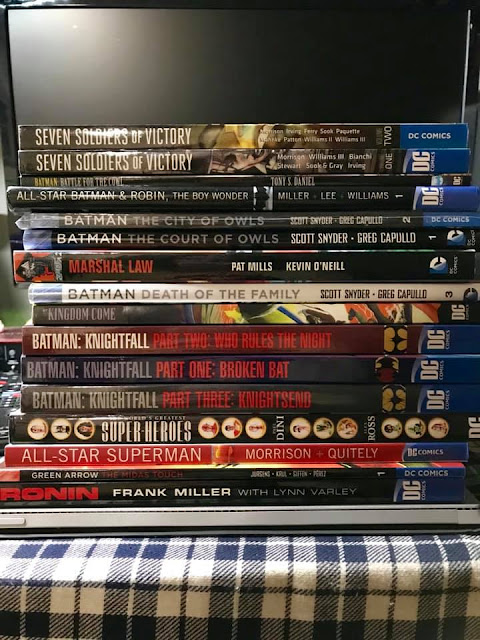I purchased Watch_Dogs
2 this past week and I’ve been blown away by its attention to detail,
which, I suppose, invokes a greater design concept inherent in “open-world
sandbox” games. (I say this in quotes because, typically, the most exhilarating
moments of playing these games comes when the player is constrained and
limited, which seems antithetical to the core philosophy of in-game freedom.)
In order for these environments to feel lived in, they require elements of
immersion to trick the player into thinking that the non-playable characters
are “real,” as if every character interaction is a form of Turing Test. The
representative populace of San Francisco, in my opinion, seems to be the most
true to life distillation, especially when taking into consideration the
carefully kept balance between technology (ie. in-game rendering of the world)
and iconography (ie. contents of the world). One little detail, to those who
are listening, I will share regarding my next book is that the setting is the
San Francisco Bay Area. And, having spent a good portion of my childhood
visiting and experiencing the Bay Area first hand, Watch_Dogs 2 will be instrumental in my approach of gaining a
better visual frame of reference. Because, up until this point, I’ve used
Google Maps and the street view to encounter and better understand the
environment. The former is, at the very least, three dimensional. That helps.
 |
| As much as I hate to admit it... this is too fucking real. |
When I saw the early screening of Shazam! the weekend I was in town to attend my grandmother’s
memorial service, I was a little disappointed of the lack of an appearance by
Black Adam (played by Dwayne Johnson), who is by far one of the most
interesting anti-heroes/villains in comics today. Villains, much like the
environment that a story takes place in, are critical in building the world,
specifically because villains are foils to both the physical appearance and
ethical constitution of the hero. In the case of Billy Batson (ie. Captain
Marvel/Shazam!), his personal desire to aide those systematically
disenfranchised (foster children, the terminally ill, victims of child abuse,
et al.) contrasts with Black Adam’s autocratic characterization, and how this
influences his view on Justice and the role of the fate of the “oppressed” in
society. Whereas Billy is forgiving and patient, Black Adam (born as a slave in
Egypt) consolidates power via the brutal suppression of his opponents (up to,
and including, summary public executions). Both arrived to the wizard Shazam
from similar circumstances, but their responses are black and white. And this
ultimately builds the world, its ethics, its ultimate purpose as a theater for
thought experiments on Justice, Rehabilitation, Consequence, and Fairness under
the definition of Natural Law.
Villains, in general, have such potential for story-telling.
It’s strange to me that there have only been small attempts to develop villain
centric properties. I would love to see a series on Solomon Grundy, who,
despite being an undead abomination, has displayed lots of depth throughout his
character history. Likewise, a Vertigo-esque character study—similar to Neil
Gaiman’s run on The Sandman—for
Darkseid could have momentous potential. Other than the Joker (via The Killing Joke), this hasn’t been
attempted with critical acclaim (at least to my knowledge).
Simply put, the above is easy to conceive on a purely
theoretical level. Actually writing it down is another thing altogether.
Consider what has already been done. The formula to creating a villain is
nothing new. So creating these characters is almost like building another piece
of the world. The opposition requires a narrative that is equally as credible
as the hero, as well as symbolize stasis. Being the catalyst for change, the
hero interacts with the opposition, not the other way around. Bringing it all
back to where we began, the setting of all narrative is like wallpaper, and the
hero is pushing through it into the moldy drywall.

